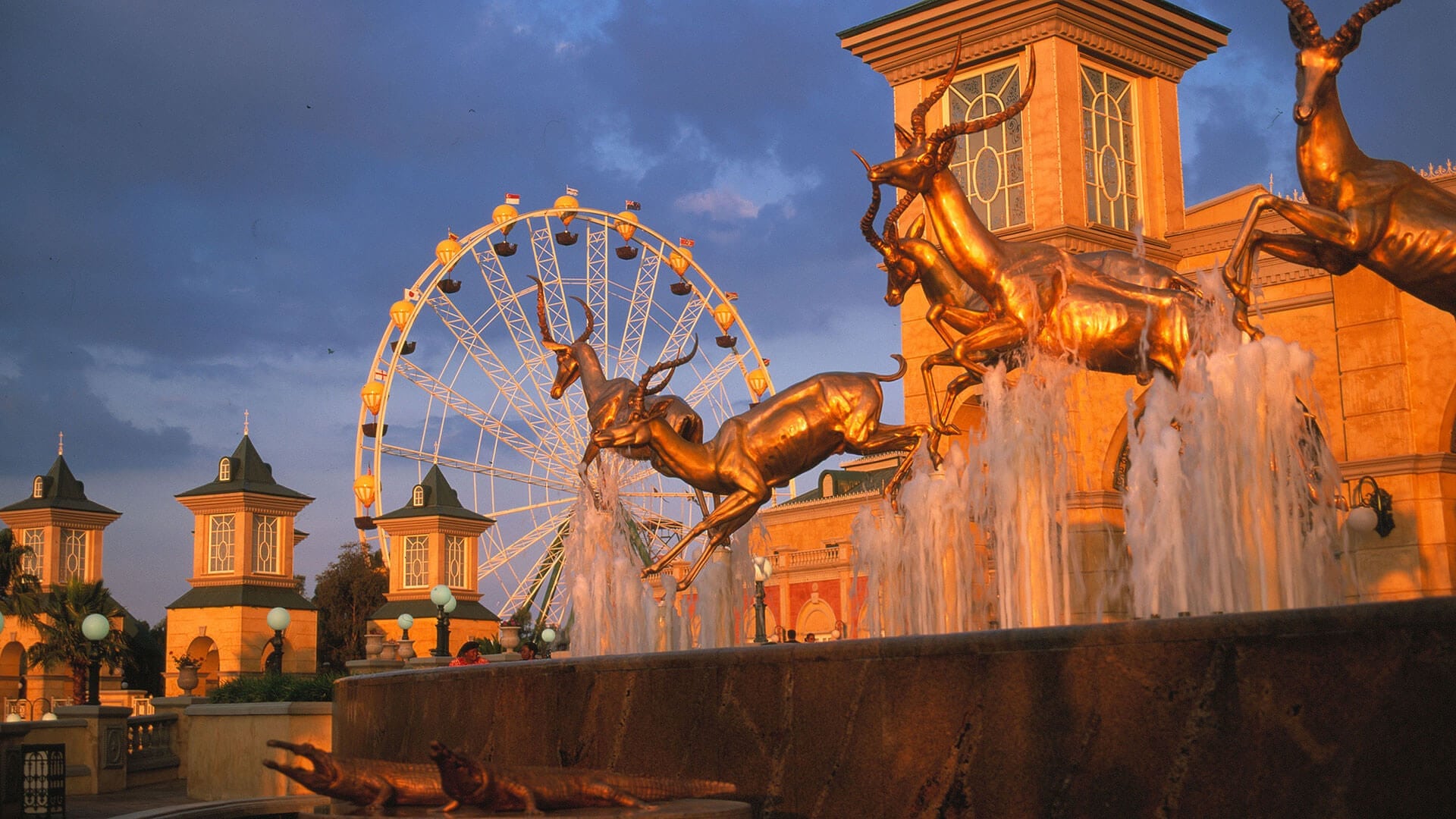3 Easy Facts About Johannesburg North Attractions Shown
3 Easy Facts About Johannesburg North Attractions Shown
Blog Article
How Johannesburg North Attractions can Save You Time, Stress, and Money.
Table of Contents4 Simple Techniques For Johannesburg North AttractionsThe Main Principles Of Johannesburg North Attractions Top Guidelines Of Johannesburg North AttractionsThe Johannesburg North Attractions StatementsJohannesburg North Attractions Things To Know Before You BuyThe 7-Second Trick For Johannesburg North Attractions
The city expanded on the side of the Witwatersrand Key Reef, a below ground stratum of gold-bearing quartz-silica conglomerate that arcs for hundreds of miles beneath the Highveld - Johannesburg North attractions. Most of the gold mines in the city discontinued procedure in the 1970s, yet in its day the Witwatersrand gold sector accounted for more than 40 percent of the world's annual gold production.Johannesburg has a pleasant climate. Summertime temperatures balance concerning 75 F (24 C); winter season temperatures average about 55 F (13 C) and only occasionally dip listed below cold. The city enjoys about 8 hours of sunlight per day in both winter months and summer season. Rain averages about 28 inches (700 millimetres) per year, yet the complete varies considerably from year to year.
What rainfall the city gets drops practically specifically in the summertime, typically in incredible late-afternoon electrical tornados. Air air pollution positions a substantial problem, specifically in the cold weather, when thermal inversions hinder the westward flow of air from the Indian Sea. Contamination is most serious in the densely resolved Black territories on the city's perimeter, where numerous residents still count on coal for fuel.

The smart Trick of Johannesburg North Attractions That Nobody is Discussing
The balance of the city is occupied by whites. Accommodation varies in personality and high quality. Soweto is well-known for its limitless rows of municipally built, two-room matchbox homes, yet it likewise has a few flourishing territories along with bursting squatter camps, where tens of thousands live without water, electricity, or hygiene facilities.
Physical development, although somewhat restricted by transportation, proceeded rapidly as migration to South Africa, and Johannesburg in particular, enhanced significantly.
Most bad suburban areas were mixed, with poor blacks and whites living with each other, although the wealthy suburban areas were generally reserved for whites. This changed with the political election of the National Event in the 1948 political elections, who began to formalise the system called apartheid. Apartheid formally marked which residential areas each race can stay in under the Team Areas Act.
The previous system of eleven phoned number regions was reorganised in 2006. Marshalltown, as seen from the top of the Carlton Centre. The M1 and M2 run behind the structures, and the southerly suburbs extend past the highway limit. The central city of Johannesburg is located within the city's Region F. The number of individuals living in the internal city on a casual basis is unidentified, as several are prohibited immigrants. The joblessness, education, and age profiles of the location are all unidentified, due to the difficulty of acquiring reputable info click here to find out more about the location.
The Definitive Guide for Johannesburg North Attractions
Yeoville and Bellevue have a mix of apartment or condo structures and single domestic systems on tiny lots. The region lies on a hilly divide that ranges from east to west. The most obvious geographical feature is Observatory Ridge, which is named for the big observatory situated on it. The recreational rooms are no much longer made use of, because of safety and security troubles.

The Basic Principles Of Johannesburg North Attractions
The eastern residential areas are some of the earliest locations of Johannesburg, there are large neighborhoods of Jewish and various other European backgrounds, the bulk of the populace is English talking. There are 3 golf courses as well as a number of protected ridges with viewsites.
Originally built to house male migrant employees, several have actually been improved as houses for pairs and families. The suburban area was not historically enabled to create internet work centres redirected here within the area, so almost all of its homeowners are commuters to other components of the city.
Little Known Questions About Johannesburg North Attractions.
The household areas in the northern suburbs are mainly formal, with no substantial locations of informal housing, or housing that lacks a long-term structure. This is a recognized area, there is a trend of land use modification from property to business, particularly along primary arterial roadways and around recognized nodes.
The area is well linked to roadway networks, specifically along the north-south axis created by the M1 and N1. Roads to the eastern and west are much less well created, as there are no highways taking a trip in that direction. Towards the northern border of the city, the thickness of development decreases, leaving huge locations of untaught land around Midrand.
An Unbiased View of Johannesburg North Attractions
, which is situated on a hillside overlooking the inner city and Hillbrow.
Report this page